
Research aims to tackle problems measuring biodiversity change
We’ve all heard about dwindling biodiversity across the planet, but it turns out scientists have a difficult[…]
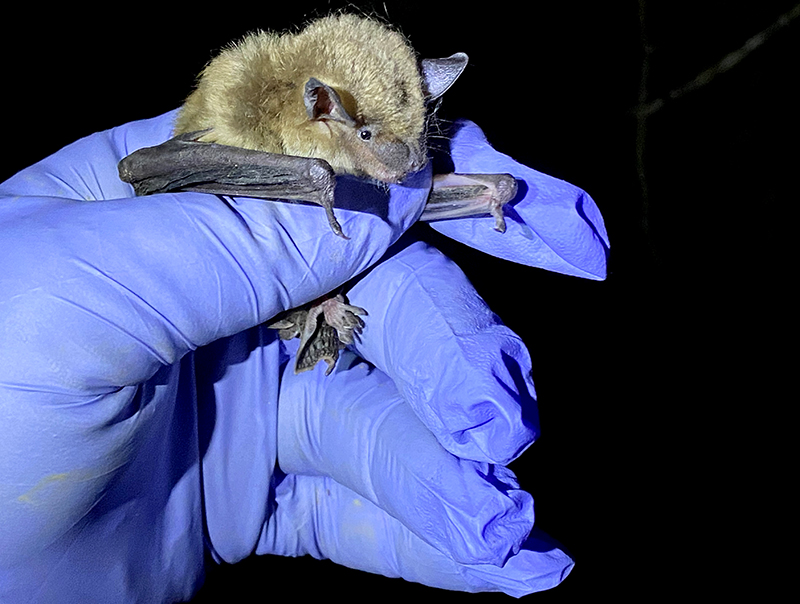
It’s a scary time for bats
While a spooky symbol of Halloween, bats around the world are facing threats of extinction. Bryan Carstens,[…]
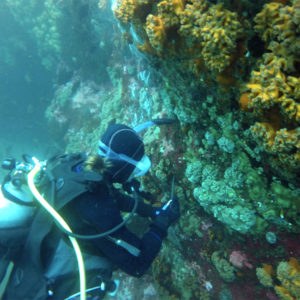
Diving into sea anemone research
Heather Glon has trouble keeping her head above water — mainly because her research requires her to travel[…]

A look at the “Jane Goodall of penguins”
Dee Boersma has been called the Jane Goodall of penguins. An adorably curious, roughly 2-foot-tall Magellanic penguin[…]

Machine learning helps predict endangered plant species
There are many organizations monitoring endangered species such as elephants and tigers, but what about the millions[…]
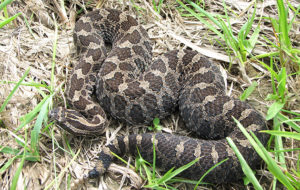
Venom researchers making powerful discoveries
For wild animals, life is all about survival. And most don’t have the luxury of cheetah-fast speed[…]
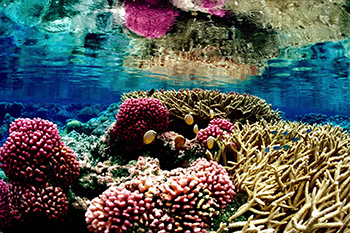
Exploring approaches to save coral reefs — right here in Ohio
With their unique structures and breathtaking colors, coral reefs are one of the world’s most inspiring and[…]
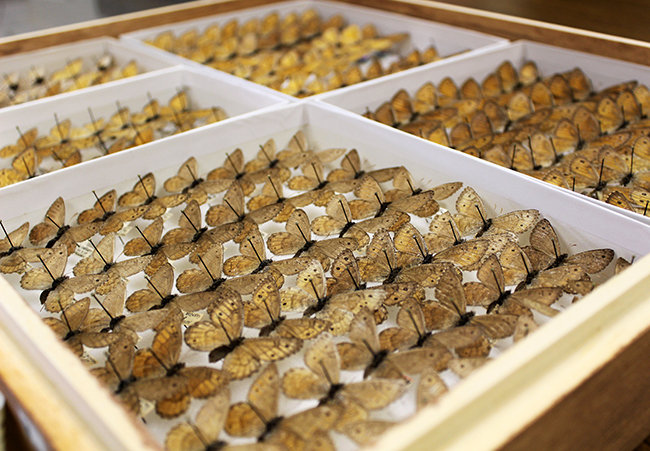
Triplehorn Insect Collection asks public to help label Arctic butterflies
Butterflies are among the many species vulnerable to climate change, with even slight shifts in environment affecting[…]